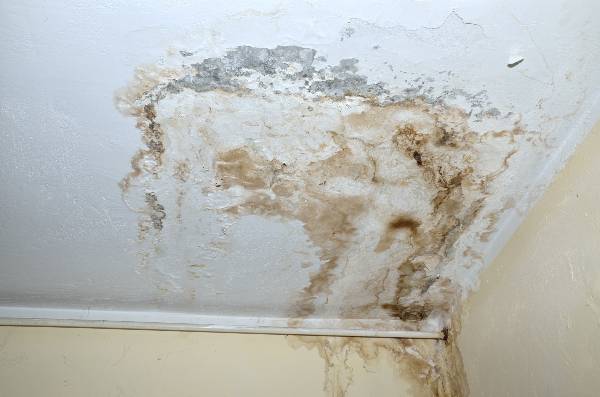Do you find yourself on the lookout for info on Detecting hidden plumbing leaks?

Early discovery of dripping water lines can minimize a possible disaster. In addition to saving you cash, it will minimize the aggravation as well as frustration. The minute you find a leak, calling your plumber for fixings is the very best remedy. Some small water leakages might not be visible. If you can not discover it with your nude eyes, here are some hacks that help.
1. Analyze the Water Meter
Checking it is a surefire way that aids you discover leakages. If it moves, that suggests a fast-moving leakage. This means you might have a slow leak that might also be underground.
2. Check Water Intake
Analyze your water expenses and also track your water usage. As the one paying it, you must observe if there are any kind of disparities. If you identify sudden changes, in spite of your usage being the same, it suggests that you have leakages in your plumbing system. Keep in mind, your water bill must fall under the same array each month. An unexpected spike in your bill shows a fast-moving leak.
Meanwhile, a steady rise monthly, even with the very same practices, reveals you have a sluggish leakage that's additionally slowly rising. Call a plumber to extensively inspect your residential or commercial property, especially if you feel a cozy area on your flooring with piping underneath.
3. Do a Food Coloring Test
When it comes to water usage, 30% originates from bathrooms. Examination to see if they are running correctly. Decline specks of food shade in the container and wait 10 mins. There's a leakage between the storage tank and also bowl if the color in some way infiltrates your bowl during that time without flushing.
4. Asses Exterior Lines
Do not neglect to examine your outdoor water lines too. Should water seep out of the connection, you have a loose rubber gasket. One tiny leakage can waste loads of water and spike your water bill.
5. Assess the scenario and also check
Home owners need to make it a behavior to inspect under the sink counters as well as even inside cabinets for any kind of bad odor or mold and mildew development. These two red flags show a leakage so prompt focus is called for. Doing routine evaluations, even bi-annually, can conserve you from a significant issue.
Much more significantly, if you understand your home is currently old, maintain a watchful eye on your heaters, hoses, pipelines and so on. Check for discolorations and also damaging as most home appliances and pipes have a life expectancy. They will also normally wear away as a result of tear and also put on. Do not wait for it to intensify if you suspect dripping water lines in your plumbing system. Call an expert plumber right now so you don't wind up with a horrible mess in your home.
Early discovery of leaking water lines can minimize a prospective calamity. Some small water leaks may not be noticeable. Inspecting it is a proven method that aids you find leakages. One small leak can throw away loads of water and spike your water expense.
If you presume leaking water lines in your plumbing system, don't wait for it to intensify.
WARNING SIGNS OF WATER LEAKAGE BEHIND THE WALL
PERSISTENT MUSTY ODORS
As water slowly drips from a leaky pipe inside the wall, flooring and sheetrock stay damp and develop an odor similar to wet cardboard. It generates a musty smell that can help you find hidden leaks.
MOLD IN UNUSUAL AREAS
Mold usually grows in wet areas like kitchens, baths and laundry rooms. If you spot the stuff on walls or baseboards in other rooms of the house, it’s a good indicator of undetected water leaks.
STAINS THAT GROW
When mold thrives around a leaky pipe, it sometimes takes hold on the inside surface of the affected wall. A growing stain on otherwise clean sheetrock is often your sign of a hidden plumbing problem.
PEELING OR BUBBLING WALLPAPER / PAINT
This clue is easy to miss in rooms that don’t get much use. When you see wallpaper separating along seams or paint bubbling or flaking off the wall, blame sheetrock that stays wet because of an undetected leak.
BUCKLED CEILINGS AND STAINED FLOORS
If ceilings or floors in bathrooms, kitchens or laundry areas develop structural problems, don’t rule out constant damp inside the walls. Wet sheetrock can affect adjacent framing, flooring and ceilings.
https://www.servicemasterbyzaba.com/blog/how-to-detect-water-leakage-in-walls/

I am just very fascinated with Detecting hidden plumbing leaks and I really hope you enjoyed reading the new post. Loved our write-up? Please share it. Let someone else discover it. I am grateful for your time. Come back soon.
Trusted help? Ring now.